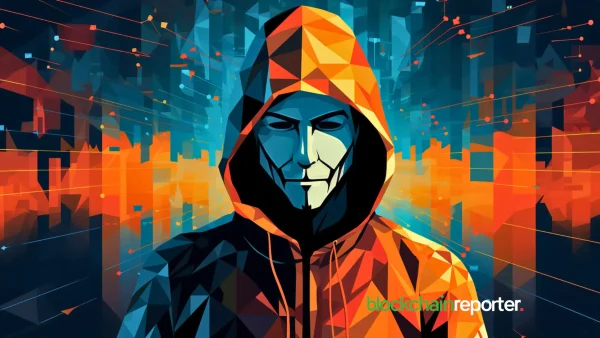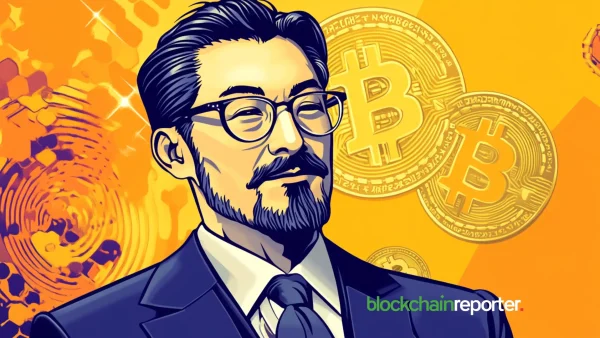
Of the many unwanted events in life, the most unpleasant one can be a crash in the market in which you have invested your hard-earned money. History is replete with major and minor crashes in stock markets. Although the cryptocurrency market is too young to feature as many crashes as traditional markets, lack of any major precedence does not guarantee a secure future. The year 2022 is remembered as an infamous year in this respect due to the Terra Luna crash and FTX crash. Regardless of the track record a crypto investor must always remain prepared for a crash.
Infamous Crypto Crashes
Terra Luna Crash
Wiping out a staggering $80B, the Terra Luna crash was an unforeseen event as it befell an asset that was ranking among the top ten cryptocurrencies at that moment. It serves as a stark reminder of how quickly fortunes can reverse. The collapse was driven by a combination of flawed tokenomics, excessive dependence on unsustainably high yields, particularly through the Anchor protocol, and a disastrous loss of investor confidence.
Whoever bought a $UST was issued $1 worth of $Luna. When investors lost confidence due to the reasons mentioned above, a selling spree set off, causing the minting of an incredibly large number of $Luna. The price of the token plummeted from $120 to almost $0 in a matter of days. Moreover, the incident took place when the market was already turning bearish. This crash accelerated the bearish trend.
Crypto Exchange Crashes
Mt. Gox was the largest cryptocurrency exchange in 2014, when it handled 70% of $BTC transactions. 850,000 $BTC were stolen from the exchange, causing a loss of $450 Million as per the price of that time. It caused a plunge in the price of Bitcoin from $1150 to below $400.
$8 Billion of customers’ funds were wiped out when an alleged fraud caused the collapse of Sam Bankman-Fried’s FTX. SBF was later convicted of fraud when the misappropriation of the funds was legally proved.
These were only major crashes. Various minor crashes also occurred before, between and after the mentioned incidents. But these crashes are nothing as compared to the 1929 and 1987 American Stock Exchange Crashes that spread unprecedented panic among investors. Yet, the crypto market reflects the movements of SPX-500 and Nasdaq. Any crash in the indices can bring a similar disaster in the crypto market as well.
Triggers of a Crash
Since the crypto market is too young to offer a broad general view of the causes of a crash, it seems pertinent to look at stock market crashes. The lessons extracted from the overview can be applied to the cryptocurrency market.
1929 Stock Market Crash
The 1929 stock market crash, known as Black Tuesday (October 29, 1929), was triggered by multiple factors: speculation, economic weaknesses, and panic. Throughout the 1920s, U.S. stock prices rose by dint of increased margin buying, where investors borrowed money to purchase stocks, driving prices far beyond their real value. This speculative bubble left the market extremely vulnerable.
By mid-1929, economic cracks began to appear as falling consumer demand, decreasing industrial production, and overproduction in key sectors. When stock prices started slipping in September 1929, investors’ confidence stumbled. A series of massive sell-offs ensued, as investors rushed to liquidate positions to avoid debt from margin calls.
The panic culminated on October 24 (Black Thursday) and October 29 (Black Tuesday), when billions of dollars in market value evaporated in a single day. The crash didn’t cause the Great Depression by itself but acted as a catalyst for the economic collapse that followed.
Black Mondy 1987
Black Monday (October 19, 1987) was triggered by a combination of market vulnerabilities and panic-driven sell-offs. The U.S. stock market had surged by over 40% in 1987, creating overvalued conditions. Rising interest rates and inflation fears began eroding investor confidence.
An important factor was the introduction of computerized trading after 1980. New things have always raised reservations in many fields of life. It also happened among investors and their doubts caused them to lose confidence. They started selling their shares and triggered a crash.
Global market interconnections worsened the panic, as crashes in Asian and European markets spilled into U.S. trading. Rumors, lack of liquidity, and investor fear further accelerated the sell-off.
By the end of Black Monday, the Dow Jones Industrial Average plunged 22.6% in a single day, the largest one-day percentage drop in its history, triggering reforms in market safeguards and trading halts. One of the reforms was the incorporation of circuit breaker. It is a mechanism to halt trading once the market falls to certain levels.
On the whole, there are two driving forces behind a crash – be it in the stock markets or the crypto markets. When a market keeps rising, it usually enters an overbought zone and gets overvalued. If not a crash, a correction becomes imminent in such a situation. The other thing is the investors’ confidence. This can be shaken by anything, sometimes even by unrelated things.
Key Takeaways for a Crypto Investor
Of the millions of cryptocurrencies being traded in the market, hardly is there any one reliable enough to be compared with Bitcoin. Since 2009, the time of its inception, $BTC has crashed many times, but recovered with more vigor and momentum, posting new ATH every cycle. On the other hand, other coins and tokens rose like a bubble but vanished in thin air, never to be seen again. Very few have survived more than a cycle.
As an investor, what you can do is to do proper risk management and sensible diversification. Within a trade, do not forget to place stop-loss and take-profit orders as the crypto market is open 24/7 and you may not be available to react when the market undergoes wild swings.
Conclusion
When the market goes up, it causes FOMO and more people enter the market. The market gets overbought, and correction becomes necessary. Sometimes, whales’ confidence is shaken, and huge drainage of money causes major crashes. In the crypto market, an investor can save himself from the impacts of a crash by following appropriate risk management.
Frequently Asked Questions
What causes a crypto market crash?
A crypto crash can be triggered by overvaluation, panic selling, loss of investor confidence, or external events like exchange collapses or economic downturns. Similar to stock markets, fear and speculation amplify the fall.
What are some of the biggest crypto crashes?
Major crashes include the 2022 Terra Luna collapse, which wiped out $80B due to flawed tokenomics, and the FTX exchange crash caused by fraud, leading to an $8B loss in user funds.
How can investors protect themselves from a crash?
Investors should use risk management tools like stop-loss and take-profit orders, diversify their portfolios, and focus on resilient assets like Bitcoin. Staying informed and avoiding overexposure is key in a volatile market.








